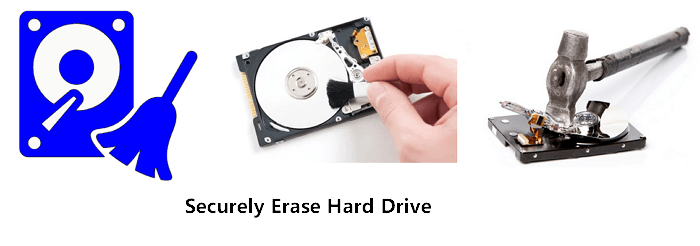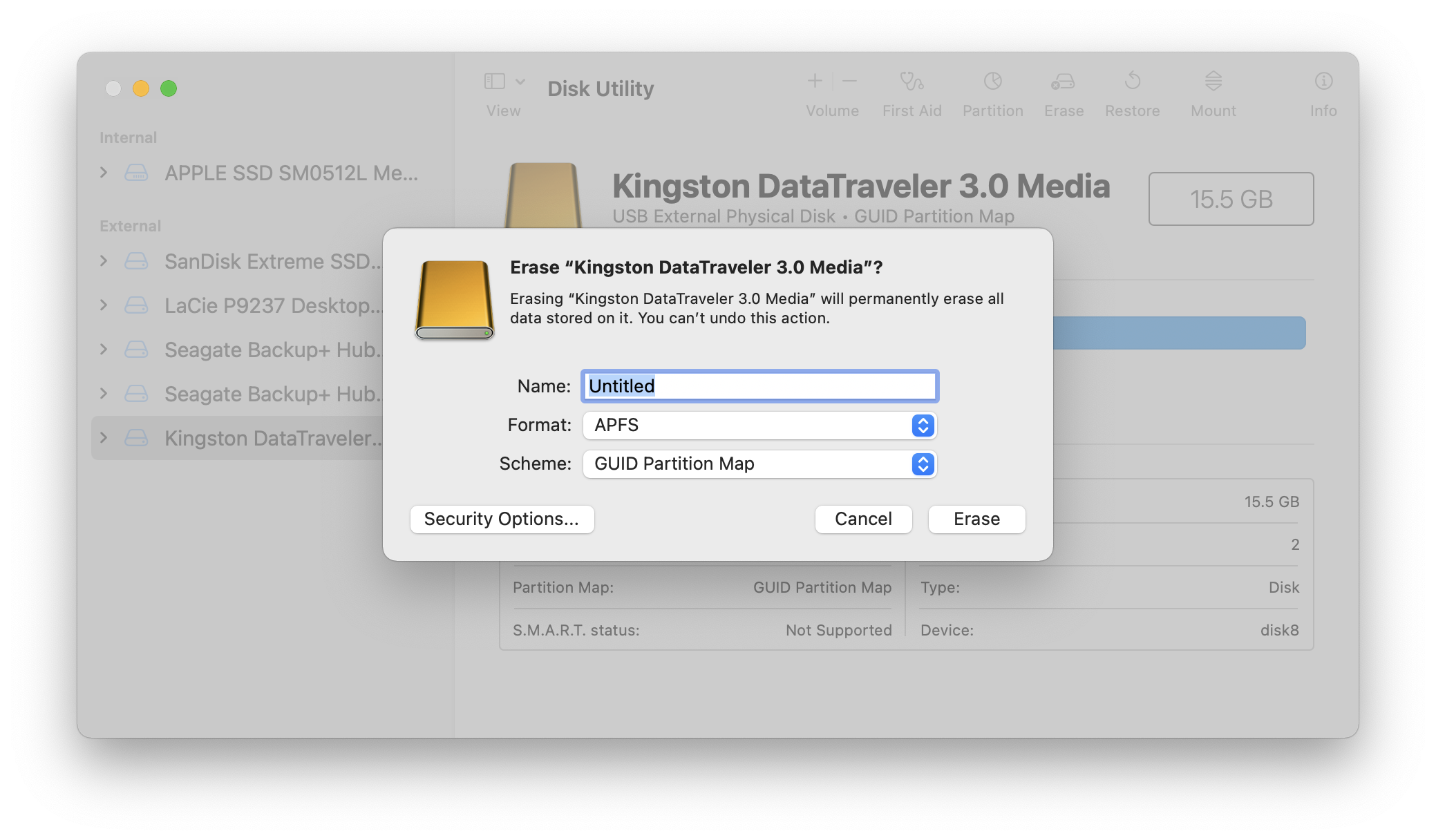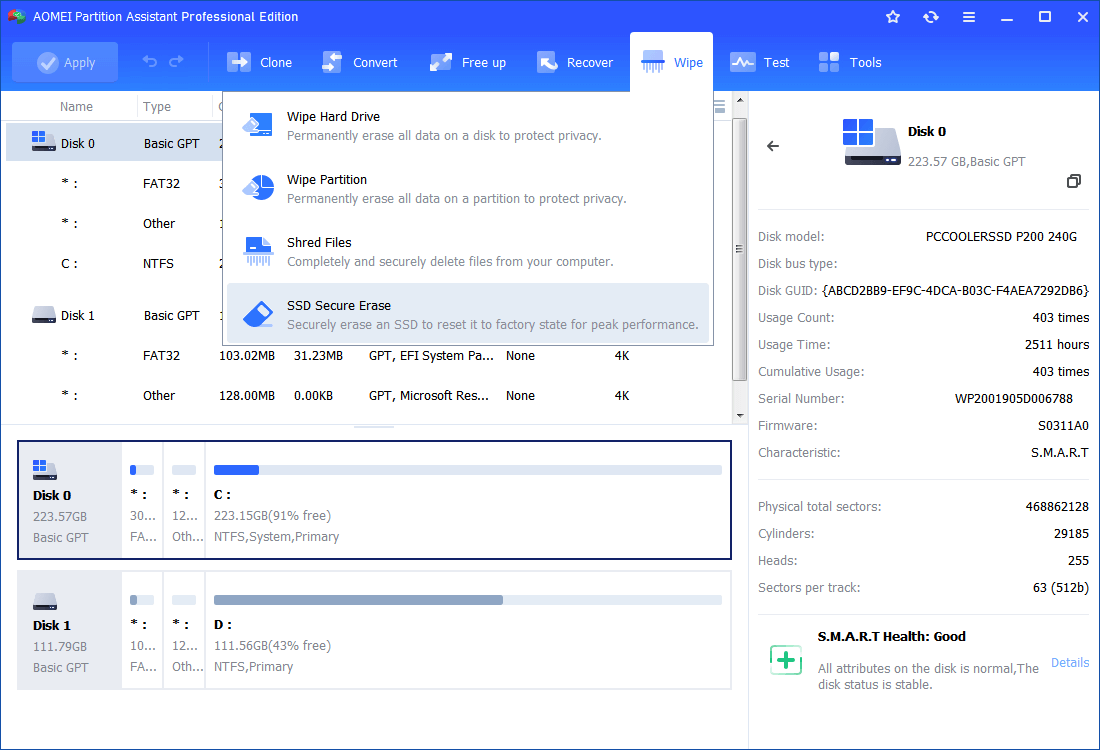
Plex /aggr0/plex0 (online, normal, active) Identify what disks you want to sanitize netapp> sysconfig -rĪggregate aggr0 (online, raid_dp) (block checksums) Thu Apr 19 10:00:28 PDT : disk_sanitization licensedġ.
#Secure erase disk license
You will not be able to remove this license, are you sure youĪ disk_sanitization site license has been installed. Login to your NetApp via SSH and run the following: netapp> license add
#Secure erase disk install
Once you’ve got your license you’ll need to install it. I’ve also read you do not want to sanitize disks across shelves at the same time. I’m going to sanitize our disks in batches of 5, 5 and 4 (14 total). I’ve also read that you shouldn’t sanitize more then 6 disks at once. However, data access to that shelf is not interrupted.
#Secure erase disk for free
We got ours for free and I’ve seen forum posts from other NetApp owners saying the same thing. It’s a free license (so I’ve been told) and you can contact your sales rep to get one. The first thing you’ll need to do is get a license for your NetApp to enable the ‘disk sanitize’. The second option is to run the ‘disk sanitize’ command which allows you to specify which disks you want to erase and how many passes to perform.

You could run the zero command 7 times but I don’t imagine that would be as effective as option number two. I honestly don’t know and we have a requirement to do a 7 pass wipe in our enterprise. There are arguments I’ve seen where some people say this is enough. This only does a single pass and only zero’s the disks. The first is to simply delete the aggregate they are a member of, turning them into spares and then running “disk zero spares” from the command line on your NetApp.

:max_bytes(150000):strip_icc()/hard-drive-ts-photography-getty-images-583dd83b5f9b58d5b1372b9b.png)
There are two methods that you can use to wipe disks using your NetApp. In this example we’ve got an aggregate of 14 disks (aggr0) that need to be wiped and removed from our NetApp so they can be replaced with new, much larger disks.

Unless you’re just going to crush your disks. When drives in a NetApp are being obsoleted and replaced we need to make sure we securely erase all data that used to be on them.


 0 kommentar(er)
0 kommentar(er)
